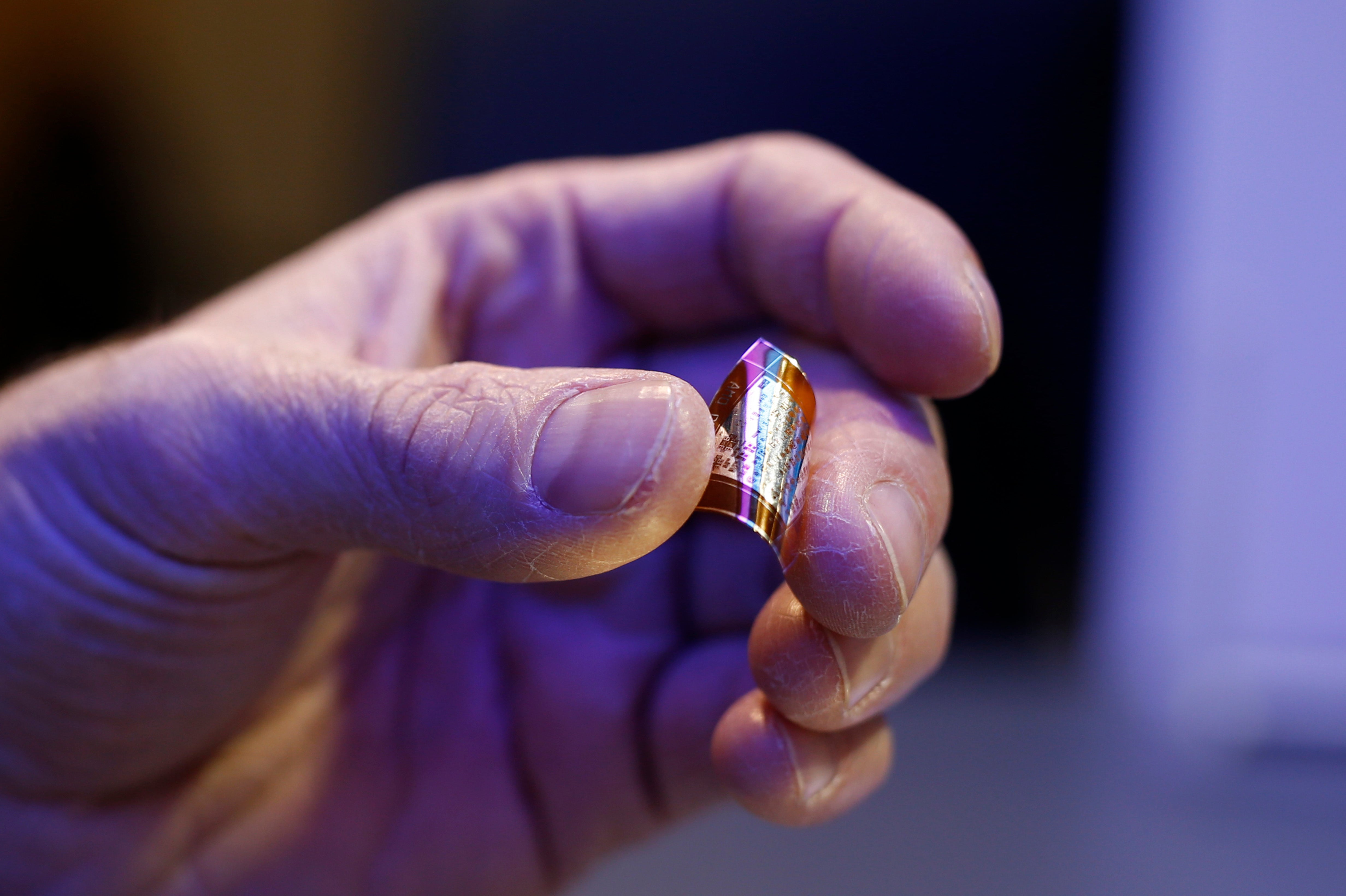Engineers have discovered a new way to produce the ‘wonder material’ graphene, which could finally allow it to make the most of its potential.
When it was discovered by creating a single layer of carbon atoms in 2004, scientists hailed the material as a potential revolution. It’s so conductive and so powerful, experts say it could transform everything from energy storage to medical devices and personal electronics.
But this potential was never fully realized. This is partly because it is difficult to make cleanly and on a large scale.

One of the problems is that it is difficult to make it cleanly and without impurities. But the researchers say the new process allows graphene to be manufactured in a clean and reducible way.
They did this by working to discover that the quality of graphene is related to oxygen. If there is even a small fraction of oxygen around, it greatly affects the growth rate of graphene and means that it may not be possible to use it.
“We have shown that removing almost all of the oxygen from the growth process is key to achieving high-quality, reproducible CVD graphene synthesis,” said lead researcher James Hohn, from Columbia University. “This is a milestone toward large-scale graphene production.”
Engineers have traditionally made graphene in two ways. The first uses sticky tape to peel layers off a piece of graphite until it is thin enough to use as graphene, producing clean samples, but on a small scale that makes them impossible to use industrially.
The other allows for more production and is known as CVD growth. It involves passing a carbon-containing gas such as methane over a copper surface at incredibly high temperatures, which causes the methane to disintegrate and forces the carbon atoms to rearrange in a layer of graphene.
This allows them to reach meters in size. But they also suffered from problems with their dependable quality.
The researchers have already found that any oxygen in this process would slow it down or even etch the graphene away. Since then, engineers have been trying to build new systems that can control oxygen and prevent it from compromising the process.
Now scientists say they have greatly improved this process, allowing graphene to grow faster and reliably. They found that the graphene produced also exhibited all the necessary behaviors that could allow it to be used on a large scale.
This work is reported in a new paper titled “Reproducible Graphene Synthesis by Oxygen-Free Chemical Vapor Deposition,” published in the journal. nature.

“Beer aficionado. Gamer. Alcohol fanatic. Evil food trailblazer. Avid bacon maven.”

